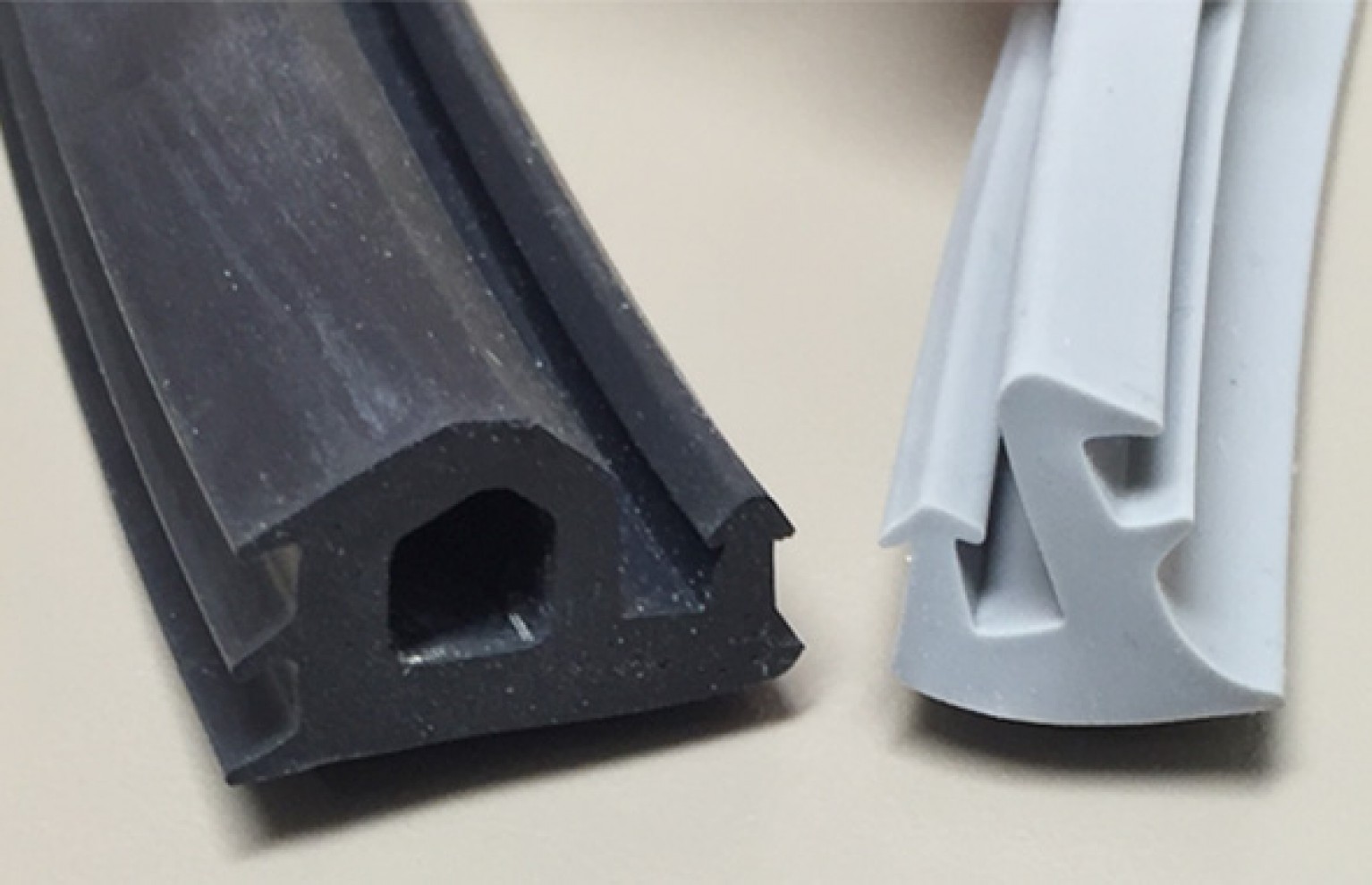Just as there is a “right man for the job”, there is also a right material for the job.
While Silicone and EPDM are both types of rubber and share some common similarities, there are also some unique features and uses for both.
EPDM (Ethylene Propylene Diene Monomer) is a high density synthetic rubber that has the ability to withstand high temperatures. It is also resistant to weathering, acids and alkali’s, flame retardant and has a high tensile range. These properties make it the ideal product to use for seals, grommets, o-rings and many other components that are used within the industrial and automotive industry and many other applications.
Silicone is a rubber that has the ability to maintain it’s elasticity in both high and low temperatures, is flame retardant, moisture and steam resistant and is resistant to solvents and other chemicals. It also has a high insulation resistance and thermal and electric conductivity. Silicone’s chemical resistant properties make it the ideal choice for use in the engineering and automotive industry mostly due to the fact that they are resistant to solvents and work well in these environments.
When determining whether to use EPDM or Silicone for your application there are factors that should be considered.
- will the material be outside and exposed to the elements?
- will it come in contact with chemicals? and exposed to drastic temperature changes?
- will it be exposed to drastic temperature changes?
- will it be part of a moving component that will be subject to high temperatures?
Once you determine what your needs are for your project then you can make an informed decision on which is best for your application. At Central Rubber Extrusions we would be happy to help you in determining if EPDM or Silicone would be best for your project.

